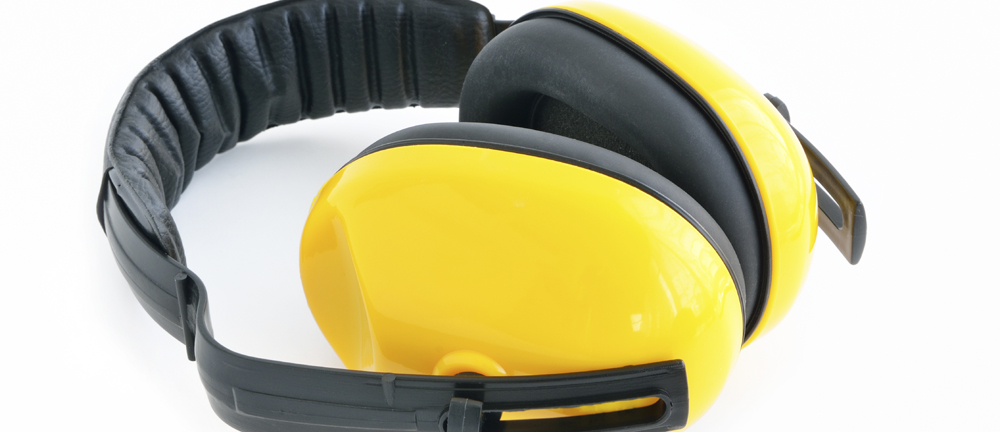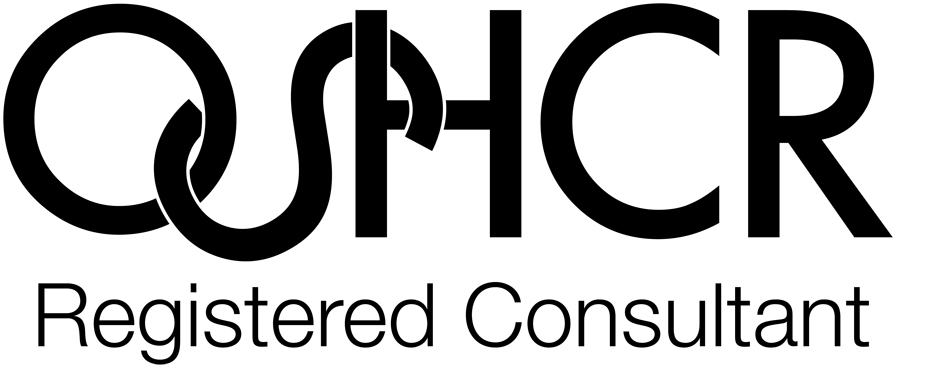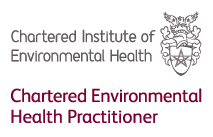While hearing can recover from occasional exposure to reasonably high levels of noise it cannot recover from extreme levels or regular/persistent exposure to high levels.
Hearing protection often fails to provide the protection expected because it’s not suitable, ill-fitted, or indeed not worn – so before deciding on hearing protection investigate how you can minimise exposure (for example changing the process/equipment, minimising the sources, containing the noise).
When specifying hearing protection it is important to specify the right level of protection; too low and the protection is inadequate but too high and the wearer can become isolated.
Employees should not be permitted to wear earphones beneath their ear defenders – again not only will it create isolation but the noise levels from the earphones may itself cause hearing damage.
John Timmins has a Diploma in Acoustics & Noise Control. SWSM is able to call upon the services of an audiometrist to demonstrate that the rate of hearing decay is in line with the aging process and not accelerated by the exposure to workplace noise.
SWSM can help by
- assessing the adherence to your noise control arrangements,
- providing information and training to relevant employees so that they understand the risks,
- measuring noise levels to assess exposure,
- advising on the level of protection required
- providing a health assessment questionnaire to prompt an investigation if there is significant deterioration,
- providing a briefing to relevant personnel.



